Uncovering Migration Stories across Britain: Developing a Digital Migration Collection
The Migration Museum received funding from The National Lottery Heritage Fund to support the development of a dispersed Migration Collection, in advance of our move to our permanent home in the City of London in 2028. Our Collections Researcher, Lucy May Maxwell, explains more about the work we’ve been doing with partner organisations to uncover migration stories within existing collections and develop a prototype for people to discover and explore migration stories across the UK.
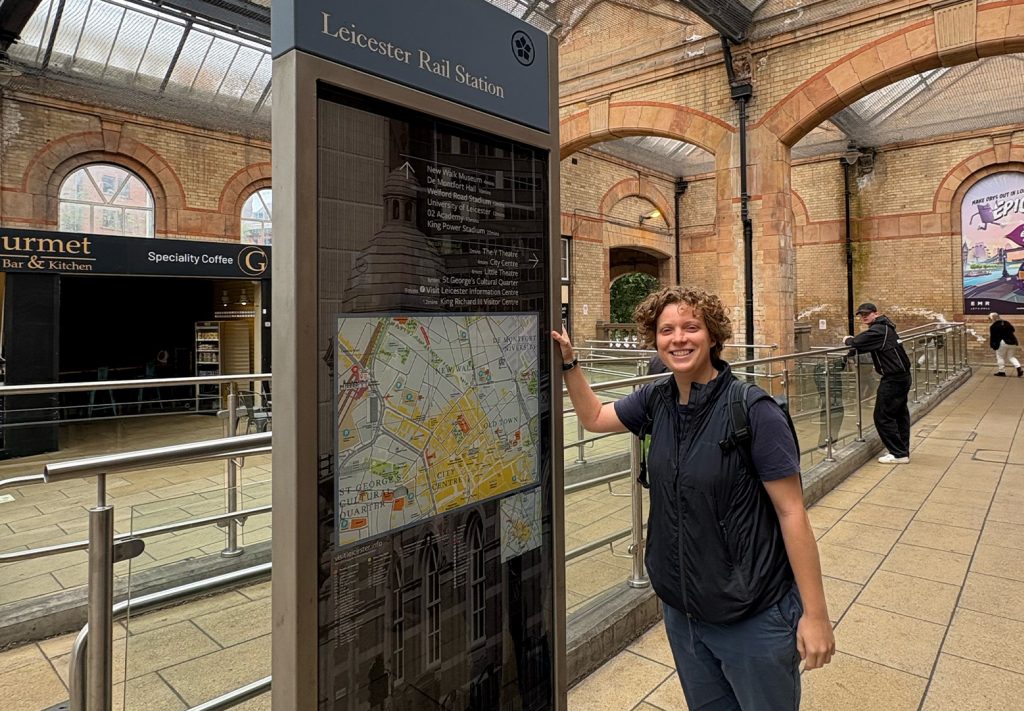
Earlier this year, as part of the collections research project, the Museum of Cardiff provided a list of migration-related objects that included a Jambiya, a Yemeni dagger, that they have on display. It was donated to the museum by Daoud Salaman. Reading the story of his parents running a cafe in Butetown around the Second World War, I remembered that the Imperial War Museum has a collection of photos of Butetown’s Muslim community at that time. I looked through the photos, and there were Ali and Olive Salaman in their cafe! It was the kind of moment we all get into museums for – the thrill of making connections and putting a face to the name.
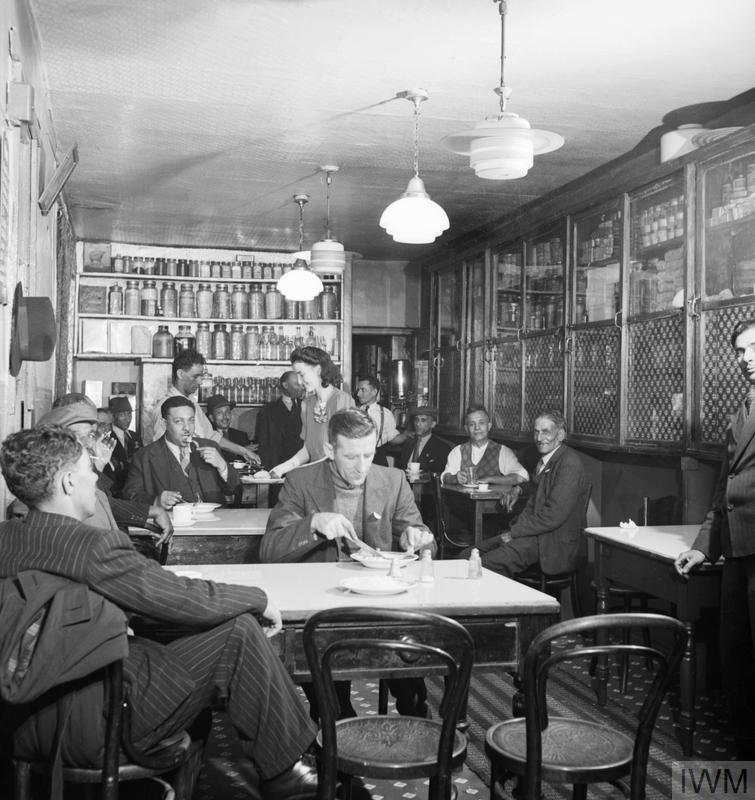
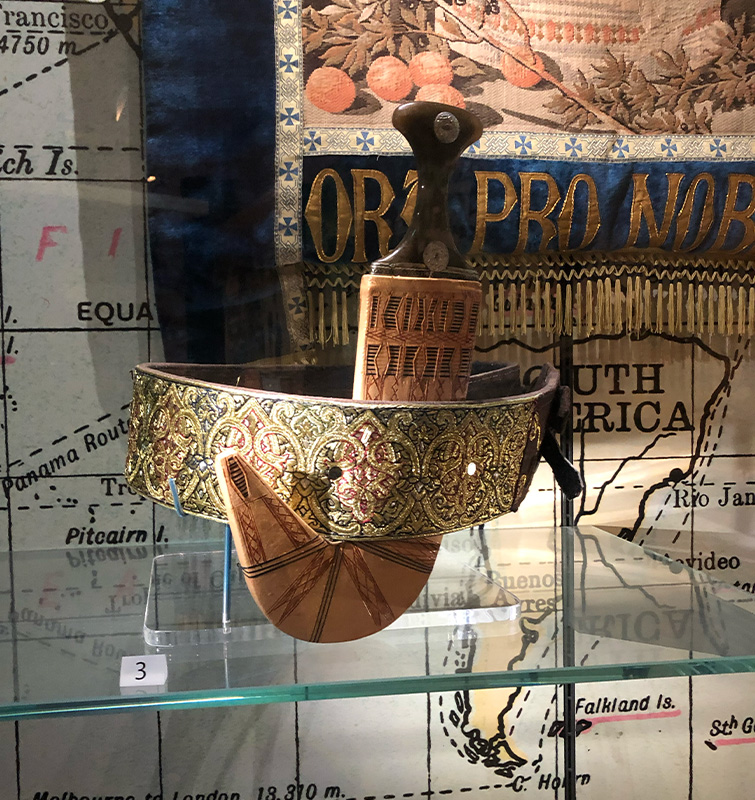
This is one of many moments of connection that can leap out when looking at multiple museum collections through a thematic lens. Ali and Olive Salaman’s story would have fitted right into Migration Museum’s past exhibition Taking Care of Business: Migrant Entrepreneurs and the Making of Britain. While there are so many fantastic stories that the Museum has brought together in its previous themed exhibitions, this project gives us the chance to see how they connect to stories held by other museums and by bringing them together digitally, to show all of us a richer picture of Britain’s migration history.
Researching Together
In order to make this project possible, I have been working with volunteers, students and fee-paid researchers to explore the collections of partner museums and archives, as well as to audit past migration-related community heritage projects funded by The National Lottery Heritage Fund. The aim is to uncover migration stories held by other museums, and in turn share them with a wider audience by featuring them in our digital Migration Collection.
In early 2025, students from Goldsmiths, UCL, SOAS, University of Westminster and University of Greenwich researched more than 200 previous NLHF projects and identified both strong community organisations for whom the heritage project is still at the heart of what they do, and other projects that have slipped out of sight due to website redesigns or charity closings. In those cases, we used the Internet Archive to look at snapshots of heritage assets such as oral history interviews.
We are building a digital Migration Collection platform that could safeguard these interviews for the longer term and share them with new audiences. We have started working with digital agency Torchbox to build a prototype platform that will test out how we can rescue heritage assets at risk of being lost and how we can shine a spotlight on others that are held in museum collections.
PhD students from the University of York, University of Bristol, Newcastle University, and University of Sheffield have also been a part of the team. They have been helping me research the collections of our partner museums and archives: Bristol Museums, Leicester Museums, Museum of Cardiff, North East Museums, National Museums Liverpool, The National Archives and The London Archives.
Staff at all of the partner museums have been very helpful in guiding us towards migration stories that are either on display or in store. Visits to each partner have shown the true scale of the collections that small teams are managing on a daily basis. These large collections show how much potential there is in existing museum collections, but they also highlight the challenges that come with many thousands of objects — attention cannot be given to all of them. We are here to give that attention to migration-related objects, and in doing so bring their valuable stories to a bigger national audience.
Migration Network Events
As well as looking at how to share stories and objects digitally, I have also been thinking through what the Migration Museum could physically collect in the next 3 to 5 years. The museum has always put its audiences first, creating exhibitions in collaboration with artists, story contributors, historians and local communities. How can we make the process of collecting objects as democratic as the guiding principles of the museum?
To help with this question, we have held two Migration Network events focused on museums and their collections. The first event in May was held online and 100 attendees heard presentations from North East Museums on their Multaka project, the Wiener Holocaust Library on their newly digitised collections, and Global Link on their Migration Stories North West project. The speakers gave brilliant insights into how the best digital engagement products and co-produced digital exhibitions out there today centre people’s interests in collections work.

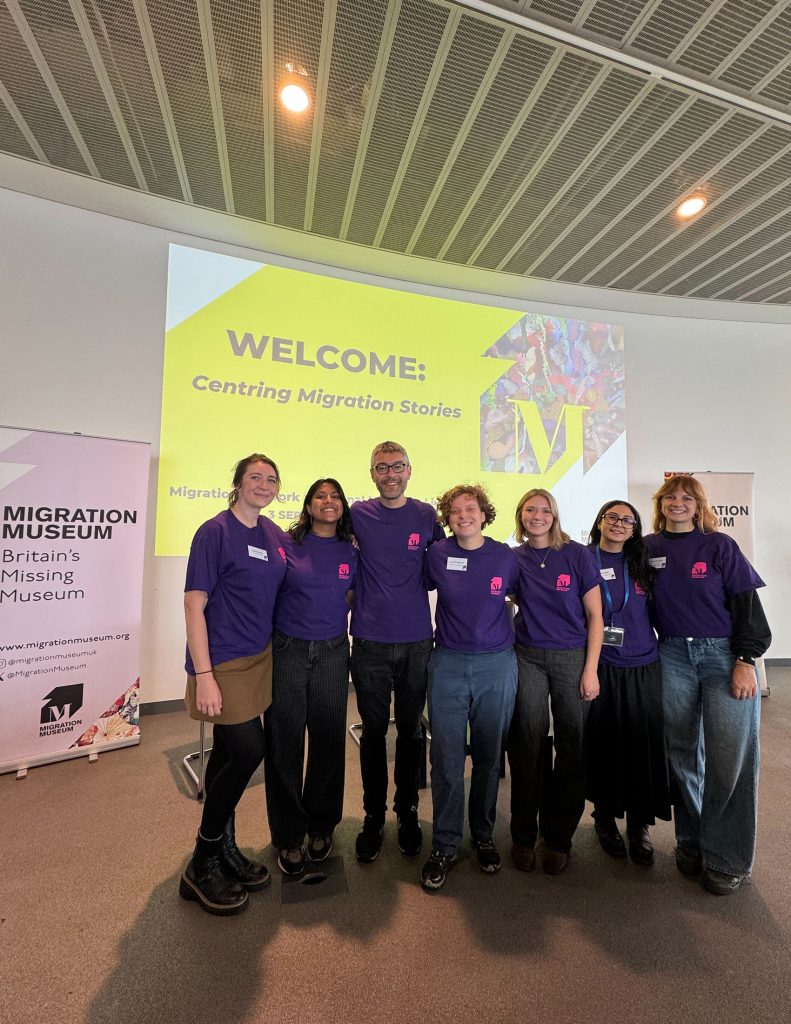
At the beginning of September, we co-hosted an in-person Migration Network event with National Museums Liverpool (NML). Thanks to the generosity of NML staff, everyone was given insights into the latest plans for the Waterfront Transformation, and partnership work at the Maritime Museum, International Slavery Museum, World Museum and Museum of Liverpool. As well as discussing the role of objects, there was also an emphasis on the need to create spaces where people feel welcome, and how the co-design of spaces can link historic stories to contemporary cultures. So far it has been a year of many rich conversations and discoveries. We’ll be sharing the results of all of this project work early in 2026. In the meantime, we’d love to hear from you — what would you like to see at the Migration Museum?
Thanks to The National Lottery Heritage Fund and National Lottery players for supporting this project.
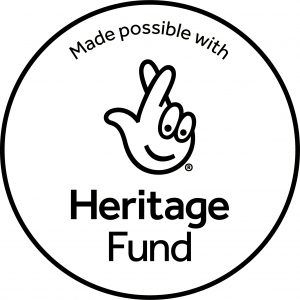


Leave a Reply